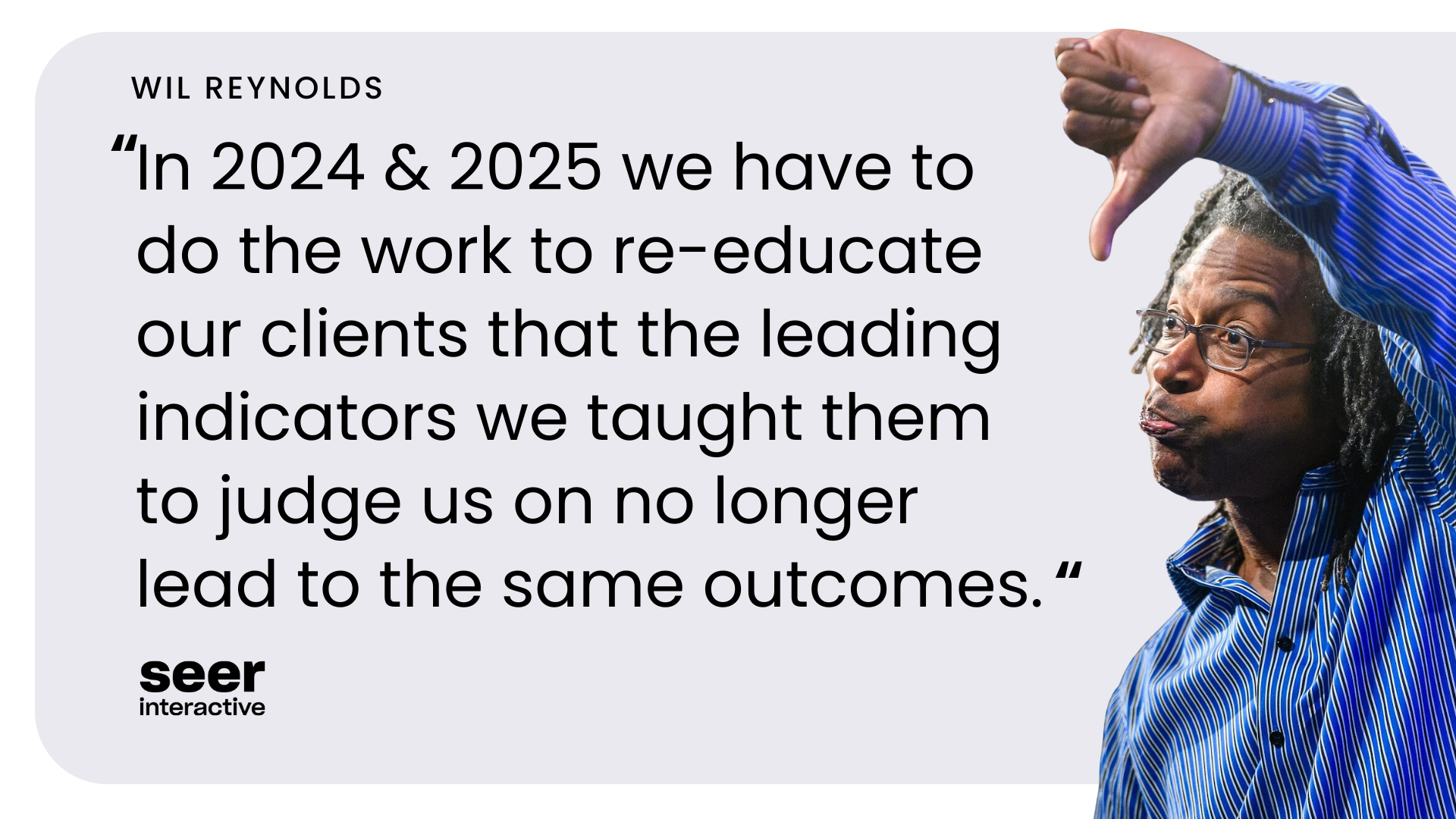This is a post from our “Inside SEER” series where we’ll be sharing with you, almost verbatim, what we share with each other at SEER. We have an internal resource here at SEER that we almost always defer to whenever someone has a question or needs help on a certain process. Before now, this content was meant for SEER employee eyes only, but what’s the fun in that? The purpose of our blog is to share our knowledge with the community, which is why we decided to publish this series. In future posts, we’ll be exploring a variety of topics from keyword research, to all-things link building, technical SEO, and more … so stay tuned!
Linkbuilding via PR & media opportunities gives you the chance to build high quality mentions of your brand to an audience who is already actively seeking information that you carry. We use a variety of tools and tactics to stay on top of requests that journalists and bloggers have day to day.
Find Media Requests
Feeds
- ProfNet - Sends out aggregate requests several times a day from high quality news outlets
- HARO (Help a Reporter Out) - journalists needing quotes, data for a story, etc
- SourceBottle - you'll probably want to filter to show only US requests, only a few requests per day
- PitchRate - mostly mom blogs looking for products to review/give away, only a few requests per day
Communities
- Seek or Shout - an online community for media and PR professionals
- ExpertClick - connects experts with the news media
- MediaKitty - connects journalists with sources
Social Media On TweetDeck or Twitter:
Best for potential links #journorequest and #prrequest are great aggregators for UK stories #URGHARO for HARO stories that have urgent deadlines
#TweetDrive: driving funds and awareness for a cause #PR – Obviously one of the two most encompassing tags, it’s the most optimal for 140 character tweets. Great for mixed industry related posts. #publicrelations – This tag may be the same concept as #PR, but the tweet results are hardly the same. Great for mixed industry related posts. #branding – Lessons for #corporate or #smallbiz related work. #personalbranding – Perfect for learning to promote yourself. #mediarelations – Helps develop stronger relations with news media. #reputationmanagement – Tips/case studies for building and maintaining reputations. #marketing – Industry news and strategies. #crisismanagement – Trends, strategies and case examples of good/bad crisis work. #CrisisPR – Like #PR/publicrelations, this tag is just as effective while diverse. #publicity – Often sporadic in content value when searched, the worthwhile tweets make up the difference. #advertising – Great techniques and trends.
Social Media Focused #socialmedia – Great for most trends and strategies for social media. #SM – A second social media tag. #digitalmarketing – Great for emphasis trends, news and some job opportunities. #SEO – Search Engine Optimization related content. #SMO – Social Media Optimization related content.
Journalism Related #journalism – Great for most journalism related posts. #journchat – Weekly chat (Mondays, 7 p.m. CT) between journalists, bloggers and PR pros (After which PR pros can use the hashtag #ONEPITCH to share stories with journos/bloggers)
Respond to Media Requests
- The first provides basic contact information: name, title, phone numbers and email addresses, both for the suggested source and for yourself;
- The second provides a summary of the source's relevant credentials;
- The third -- optional, but often pivotal in persuading a reporter to make contact -- summarizes the source's perspective.
Help! I'm New to Working With Media Outlets
Who's in charge?
- Utlimate editor-in-chief = like the CEO
- Then there are Section Editors who are in charge of each major topic (sports, local, health, etc.) = like a Team Lead.
- Under each editor are journalists. Editors assign journalists to different projects. Journalists = Support. (Good journalists have "beats" to cover. One might always write about crime, another may have a column with how-to advice, etc.)
Who should you contact?
- See if there's a journalist who covers your topic. If they have a regular column, perfect. Do that.
- If there aren't any journalists who regularly cover your topic, contact the editor of whatever section your information fits under.
What else might be helpful to know?
- Editors assign journalists to stories. Think of Law & Order and how the captain (editor) assigns cases to Stabler & Benson or Goren & Eames (journalists & photographers). It's like that.
- Journalists write the stories, but editors write the headlines and select images. This is why Venture Beat and Fast Company headlines are generally awful and the articles are good ;-)
- Nobody in the journalism industry makes real money. Even at the NY Times. They're in this field because they care about writing and they care about the news and sharing the truth with the public. They see their job as a vocation
Further reading
- Read this article about PR
- Subscribe to this newsletter: http://www.pbs.org/mediashift/ for daily updates on the media industry and to know what journalists are talking about
If you've been hesitant to reach out to media outlets because you weren't sure how to find opportunities or didn't know who to contact, hopefully this guide will help you make the leap! I find these opportunities are very valuable for clients - if you're consistently able to add value to a journalist's story, then they'll start reaching out to you for information - and the relationship grows way beyond mere links - your brand is now an asset to the media.
Questions, ideas? Let's talk it out in the comments.

